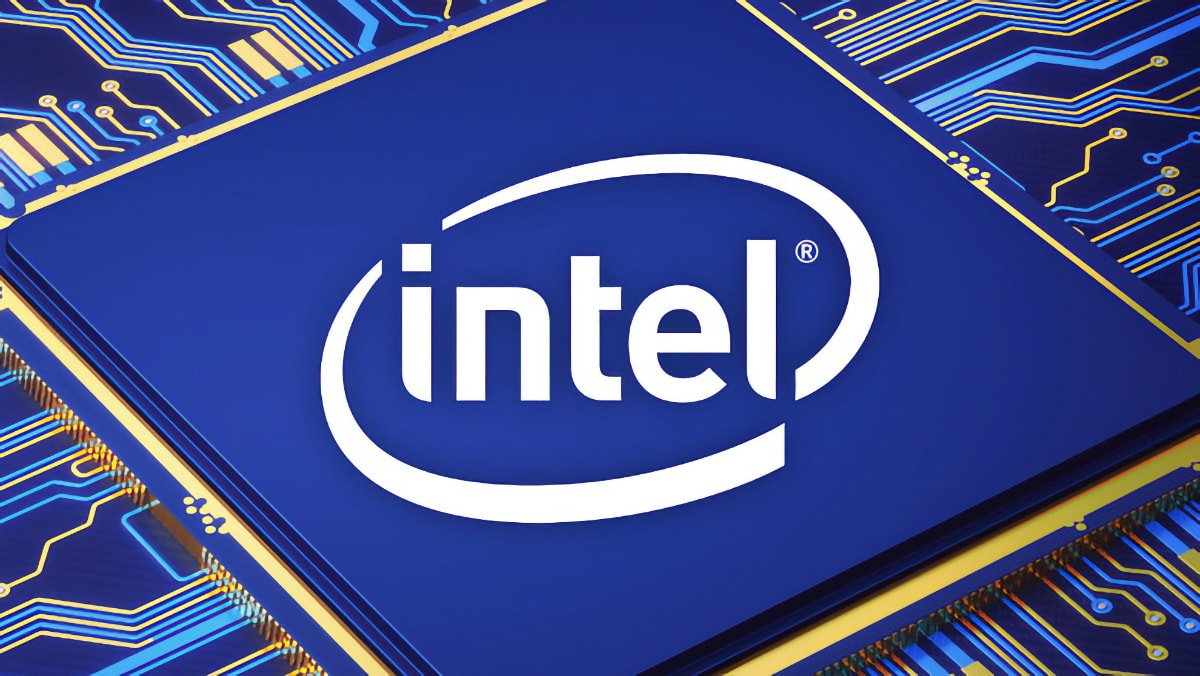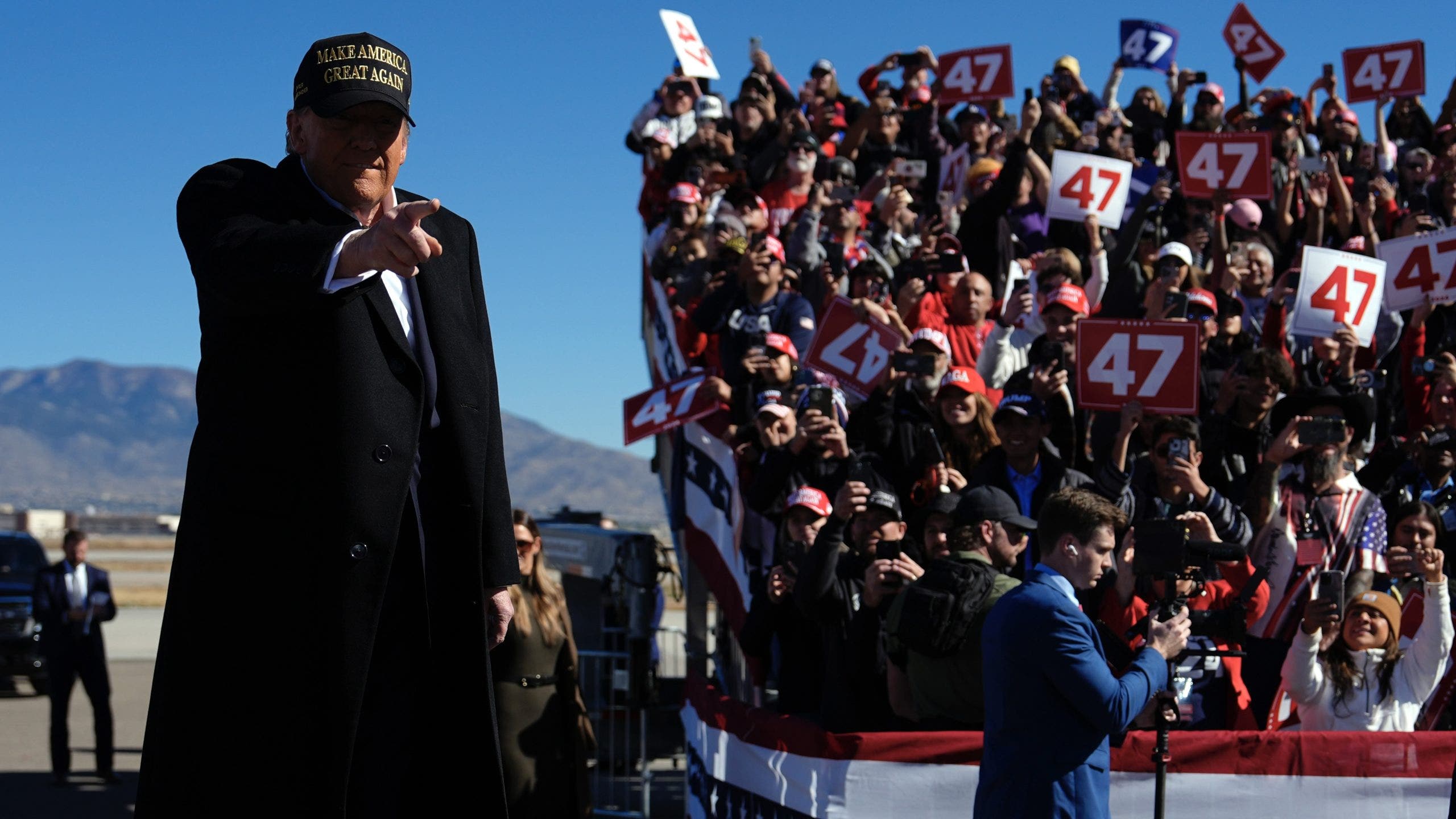The Federal Reserve’s preferred indicator of inflation cooled in December – though prices still remain much higher than normal as the central bank mulls its next move on interest rates.
Consumer prices increased by 5% in December compared to the same month one year ago, according to the Commerce Department’s latest Personal Consumption Expenditures index data released Friday.
The Fed views the PCE index as a better measure of inflation than the more widely-followed Consumer Price Index.
The annual rate cooled compared to November, when it came in at 5.5%, but is running well above the Fed’s 2% inflation target. In a sign of progress in the Fed’s fight against inflation, prices increased at their slowest rate since late 2021.
The core PCE index, which excludes volatile food and energy prices, rose 4.4% year-over-year and 0.3% from November to December. Both figures were in line with economists’ expectations, according to Dow Jones data.
Stocks turned upward after the data surfaced. The Dow Jones Industrial Average rose by nearly 100 points, while the tech-heavy Nasdaq and the broad-based S&P 500 each turned slightly higher.
While inflation has slowed from its torrid pace of increases in mid-2022, American households still face major pain from abnormally high prices for daily necessities such as groceries and housing.
Personal spending adjusted for inflation fell by 0.3% in December and was revised to show a drop of 0.1% in November, signaling that consumers have adjusted their shopping habits due to high prices. The data showed Americans slashed their spending on goods and poured more of their money into covering the cost of services.
Slowing personal spending in November and December revealed “a consumer on unsure footing,” according to Jeffrey Roach, chief economist at LPL Financial.
“Faltering growth and deceleration [of] inflation will likely cause the Fed to refocus on growth, the other part of its dual mandate,” Roach added.

Signs of cooling inflation could bolster hopes among investors that the Fed will ease back from its recent series of supercharged interest rate hikes.
The market is currently pricing in a 98% probability that the Fed will hike its benchmark rate by just a quarter percentage point when it meets next week, according to CME Group data.
Fed Chair Jerome Powell has remained adamant that the bank won’t back down from its rate hikes until there are clear signs inflation has sharply declined.
Earlier this month, the most recent release of CPI data showed inflation cooled to 6.5% year-over-year and decreased 0.1% month-over-month.
On Thursday, a report showed gross domestic product rose at a 2.9% annualized pace in the fourth quarter – a slight decrease from the previous quarter but still ahead of economists’ expectations.
Still, experts remain concerned that the Fed has overdone its fight against inflation and forced the economy into a recession at some point this year.

















Discussion about this post